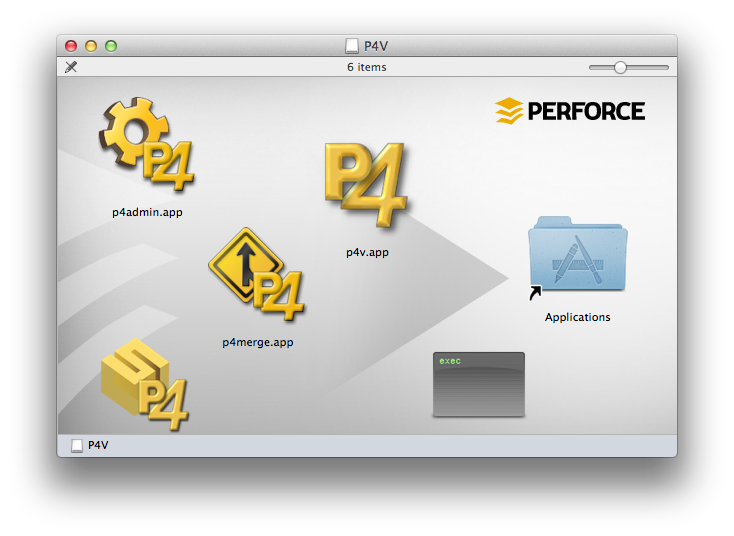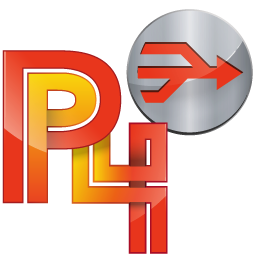

Set-up instructions for common version control systems are given below.
Set p4merge as git mergetool but full#
You can run UnityYAMLMerge as a standalone tool from the command line (you can see full usage instructions by running it without any arguments). The most common tools are already listed by default in mergespecfile.txt but you can edit this file to add new tools or change options. This also allows you to use it as the main merge tool for version control systems (such as git) that don’t automatically select merge tools based on file extensions. UnityYAMLMerge is shipped with a default fallback file (called mergespecfile.txt, also in the Tools folder) that specifies how it should proceed with unresolved conflicts or unknown files.
Set p4merge as git mergetool but mac osx#
…on Mac OSX (use the Show Package Contents command from the Finder to access this folder). …on Windows and /Applications/Unity/Unity.app/Contents/Tools/UnityYAMLMerge The UnityYAMLMerge tool is shipped with the Unity editor assuming Unity is installed in the standard location, the path to UnityYAMLMerge will be: C:\Program Files\Unity\Editor\Data\Tools\UnityYAMLMerge.exeĬ:\Program Files (x86)\Unity\Editor\Data\Tools\UnityYAMLMerge.exe Setting up UnityYAMLMerge for Use with Third Party Tools

The tool can be accessed from the command line and is also available to third party version control software.

Unity incorporates a tool called UnityYAMLMerge that can merge scene and prefab files in a semantically correct way.


 0 kommentar(er)
0 kommentar(er)
